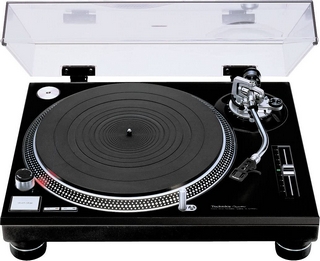matte ha scritto:
.... un pre passivo normale è composto da solo il potenziometro che per quanto ottimo possa essere non può portare alcun benefecio ma solo degradare il segnale
cavolo, ma quello che dice Daniel Weiss è diverso ( capisco anche che lui li fà e li deve vendere

).
personalmente non ho esperienza sui
pre passivi

THOUGHTS ON PASSIVE VOLUME CONTROL
Passive volume control is a purist’s approach to control the volume of a music programme during
playback. The passive attenuator typically sits between the music source and the power amplifier.
The goal is to eliminate the
pre-amplifier with a more neutral sounding device, i.e. the passive
attenuator. Eliminating any kind of active electronics in the signal path helps to maintain sonic
integrity.
In order to get the passive attenuator to work at its best, it is of advantage if:
- the audio source has a low output impedance
- the audio destination has a high input impedance
These two parameters determine how well a passive attenuator can work, i.e. how much its
influence on the sonic quality is.
A low output impedance of the source driving the attenuator makes sure that the setting of the
attenuator does not influence the frequency response, distortion, signal to noise etc.
A high input impedance makes sure that the attenuation scale of the attenuator is not skewed or
that the two channels show different attenuation at any given setting.
There are several approaches to build a passive attenuator, some use transformers which can
cause distortion, others use logarithmic potentiometers where the tracking between the left and
right channel is problematic and one more approach is to use stepped resistors. With the ATT202
we have chosen the stepped resistor approach which can be made to be very neutral sounding and
to be very precise. The channels can be matched to an arbitrary precision. The stepped resistor
approach requires high quality switches in order to switch in / out the resistors. With the ATT202
we have chosen gas tight reed contacts. These contacts are switched with a permanent magnet
and are sealed in a glass tube so they can’t corrode. The reliability and longevitiy of reed contacts
is extraordinary. By using a permanent magnet which is moved across the reed contacts to switch
them appropriately, any influence through e.g. relay coils is avoided. The permanent magnet does
not induce any unwanted current when it is held at a fixed position.
















 ).
).














